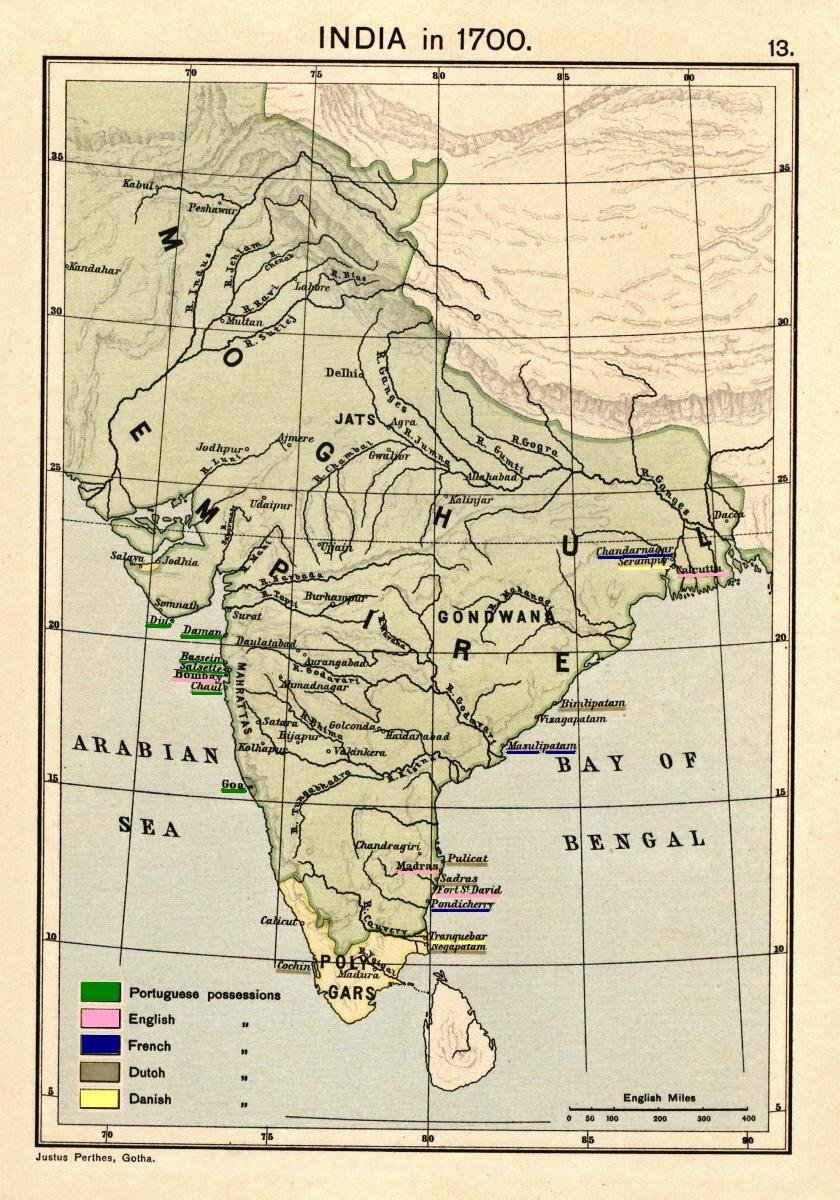History of India
- Introduction to Ancient India
- The Mauryan Empire
- Post-Mauryan India and the Golden Age
- Early Medieval India
- The Delhi Sultanate
- The Mughal Empire - Part I
- The Mughal Empire - Part II
- The Advent of European Powers
- The British Raj - Part I
- The British Raj - Part II
- Independence & Partition
The Mughal Empire - Part II
Cultural Developments under the Mughals

1526–1857 empire in South Asia.
The Mughal Empire, which ruled India from 1526 to 1857, was a period of unprecedented cultural synthesis. This era saw a remarkable blend of Persian, Turkic, and Indian traditions, resulting in a unique Indo-Persian culture that left a lasting impact on the Indian subcontinent.
Mughal Contribution to Art and Architecture
The Mughals were great patrons of art and architecture. They developed a distinct architectural style that was a fusion of Persian, Islamic, and Indian architectural traditions. The most notable examples of Mughal architecture include the Taj Mahal, Humayun's Tomb, and the Red Fort. These structures are characterized by their large domes, intricate carvings, and extensive use of marble and precious stones.
Mughal miniature painting also flourished during this period. These paintings, often used to illustrate manuscripts and books, were characterized by their attention to detail, vibrant colors, and intricate designs.
Development of Literature and Language
The Mughal era saw a significant development in literature and language. Persian was the court language and was used extensively in administration, literature, and art. Many Persian works were translated into local languages, and Indian works were translated into Persian.
Urdu, a blend of Persian, Arabic, and local Indian languages, also developed during this period. It became a popular medium for poetry and was used extensively by poets like Mirza Ghalib and Mir Taqi Mir.
Influence of Persian Culture
The Mughals were of Turko-Mongol origin and brought with them Persian cultural influences. Persian culture greatly influenced Mughal courtly culture, administration, art, and architecture. The Mughal court followed Persian etiquettes and traditions. Persian poets, scholars, and artists were invited to the Mughal court, further enriching the cultural milieu.
Evolution of Mughal Painting and Music
Mughal painting evolved under the patronage of the Mughal emperors. These paintings were a unique blend of Indian, Persian, and Islamic styles. They depicted court scenes, hunting scenes, and scenes from Indian epics and Persian romances.
Music also flourished during the Mughal era. The Mughal emperors were great patrons of music and invited musicians from different parts of the country to their court. This led to the development of new ragas and musical forms.
In conclusion, the Mughal era was a period of great cultural development and synthesis. The Mughals left a lasting cultural legacy that continues to influence the art, architecture, literature, and music of the Indian subcontinent.